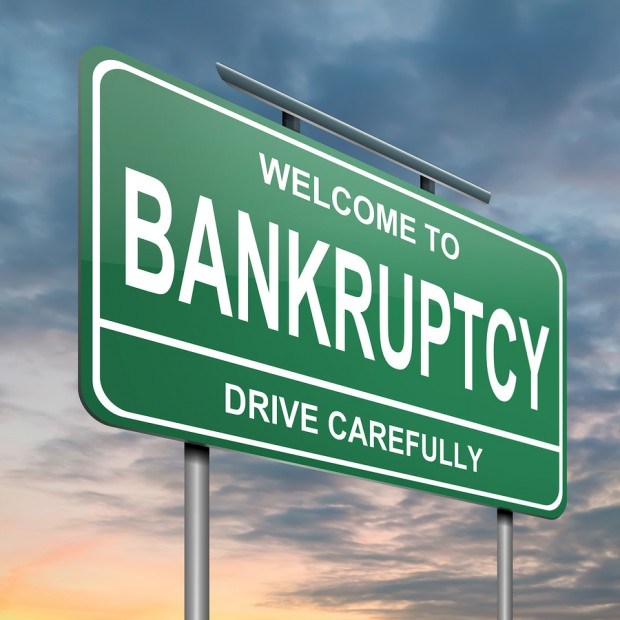The city of San Bernardino is expected to learn on Wednesday if it is eligible for bankruptcy protection despite the opposition of California’s powerful public pension system – an important test for the federal law used by Detroit and other U.S. cities burdened by pension payment costs.
Most observers expect federal bankruptcy judge Meredith Jury to rule that cash-strapped San Bernardino, 60 miles east of Los Angeles, is eligible for Chapter 9 protection, a year after it declared bankruptcy having effectively run out of cash to meet its day-to-day obligations.
A city of just 240,000, San Bernardino could be a precursor for what is shaping up as a central issue in the far bigger bankruptcy case of Detroit: whether an insolvent city can cut already-promised pensions for its workers and pay less into its public retirement funds.
In an unprecedented move, San Bernardino halted its biweekly payments to the California Public Employees’ Retirement System (CALPERS) for an entire year after declaring bankruptcy last August.
San Bernardino has now resumed payments to CALPERS, America’s biggest pension fund and San Bernardino’s largest creditor, but no city has ever halted employer payments to CALPERS before. The $260 billion pension fund is the only party objecting to San Bernardino’s bankruptcy, saying that pension funds should not be treated like other creditors. CALPERS may appeal the eligibility decision.
In Detroit, which last month filed for the largest municipal bankruptcy in U.S. history, estimated at $18.5 billion, the state-appointed emergency manager, Kevyn Orr, has already called for cuts to current and future pension benefits in any bankruptcy plan. Unions representing workers have objected to the bankruptcy by arguing that it contravenes benefits’ protection enshrined in Michigan’s state constitution.
Like A Lab Test For Detroit
In both San Bernardino and Detroit, the idea of cutting back pension payments has set up a high-stakes battle between Wall Street bondholders and state pension funds over how they are treated when cities run out of money—an issue that could eventually find its way to the U.S. Supreme Court.
“There is a real parallel between San Bernardino and Detroit,” said Michael Sweet, a bankruptcy attorney with Fox Rothschild in San Francisco, who is not representing any party in the San Bernardino or Detroit cases.
“Both cities have shown an appetite to take the pension issue head-on. If the judge rules San Bernardino eligible for bankruptcy, it opens the way for the city to propose a plan that could impair CALPERS—which could put this little city ahead of what is happening in Detroit.”
CALPERS has taken the opposite stance in the case of Stockton, another California city, which was found eligible for bankruptcy in April. Stockton has kept current on all payments to the pension fund.
The judge overseeing the Stockton case has said that the question of whether CALPERS remains to be paid in full under a bankruptcy plan could become an important issue when the city presents its exit plan.
James Spiotto, a municipal bankruptcy specialist and a partner at Chapman & Cutler in Chicago, said the issue for San Bernardino—and other cities in bankruptcy—is simple: it comes down to what they can feasibly pay creditors under a bankruptcy plan.
“If San Bernardino has to pay everything it owes to CALPERS—can they survive as a municipality?” (Editing by Tiziana Barghini and Matthew Lewis)





















 Why the Middle Market Matters and How Insurers Can Capture It
Why the Middle Market Matters and How Insurers Can Capture It  Why ‘Good Enough’ Is Killing Insurance: The Hidden Cost of Satisficing
Why ‘Good Enough’ Is Killing Insurance: The Hidden Cost of Satisficing  10,000 Travelers Employees Get AI Assistants via Anthropic Partnership
10,000 Travelers Employees Get AI Assistants via Anthropic Partnership  Expense Ratio Analysis: AI, Remote Work Drive Better P/C Insurer Results
Expense Ratio Analysis: AI, Remote Work Drive Better P/C Insurer Results 